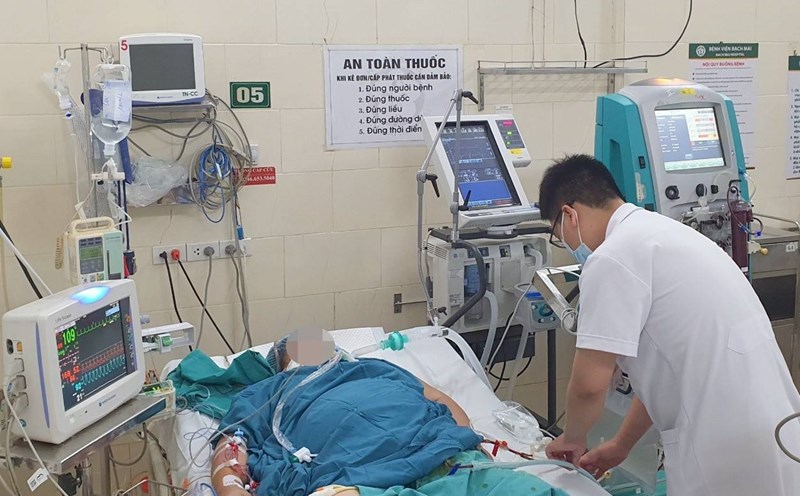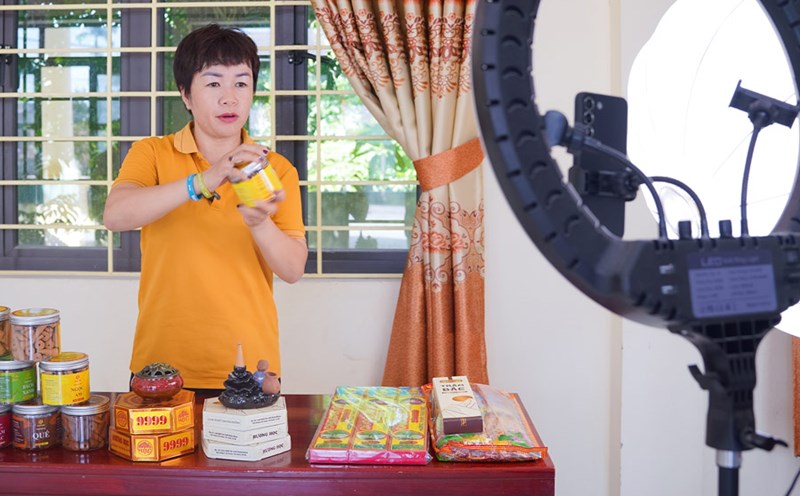Currently, the dengue fever epidemic situation in An Phu ward, Ho Chi Minh City (old Thuan An city, Binh Duong province) is complicated. In order to recognize dengue fever early when patients come to a medical facility for initial examination, the Ho Chi Minh City Department of Health has sent a working group to inspect and provide professional support at Van Phuc 2 General Hospital and An Phu General Hospital, both private facilities with a rapid increase in the number of hospitalized patients in the past 3 weeks.
Both hospitals are currently at risk of overloading dengue patients for inpatient treatment as the number of hospitalizations has increased in the past 3 weeks.
At the working session with the two hospitals above, experts listened to hospitals report on the situation of admission and treatment, visiting patients in hospital, evaluating the diagnosis and treatment of departments, and reporting infectious cases.
The working group acknowledged the efforts of hospitals in approving the treatment of dengue patients, and also requested the hospital to review the treatment process, organize inpatient and superior consultations to promptly handle serious cases, train medical staff on outpatient treatment standards, instruct people on signs that need to be monitored at home and severe signs that need to be reached the hospital promptly.
The delegation also noted that hospitals need to seriously and urgently assign staff in charge of epidemic reporting work, closely coordinate with the staff in charge of the Ho Chi Minh City Center for Disease Control (HCDC) to report cases according to regulations and strictly implement daily and weekly epidemic reporting regulations.
At the meeting of the Steering Committee for Disease Control on the afternoon of July 21, 2025, the Department of Health identified two key goals in dengue fever prevention, including: Limiting the number of cases by strengthening policies to destroy mosquito larvae and clean the environment, not leaving out unmanaged risk points.
Minimize the number of deaths by improving the quality of medical examination and treatment, reorganizing training and coaching on early identification of warning signs. In particular, comply with the regulations on classifying dengue fever patients with timely hospitalization instructions and groups that can monitor outpatient treatment. Strengthen inpatient consultations, between specialties and consultations with the Department of Health's Dengue fever expert team, especially for severe cases with many risk factors for coordination. Ensuring the safety of patients when transferred to the hospital.











